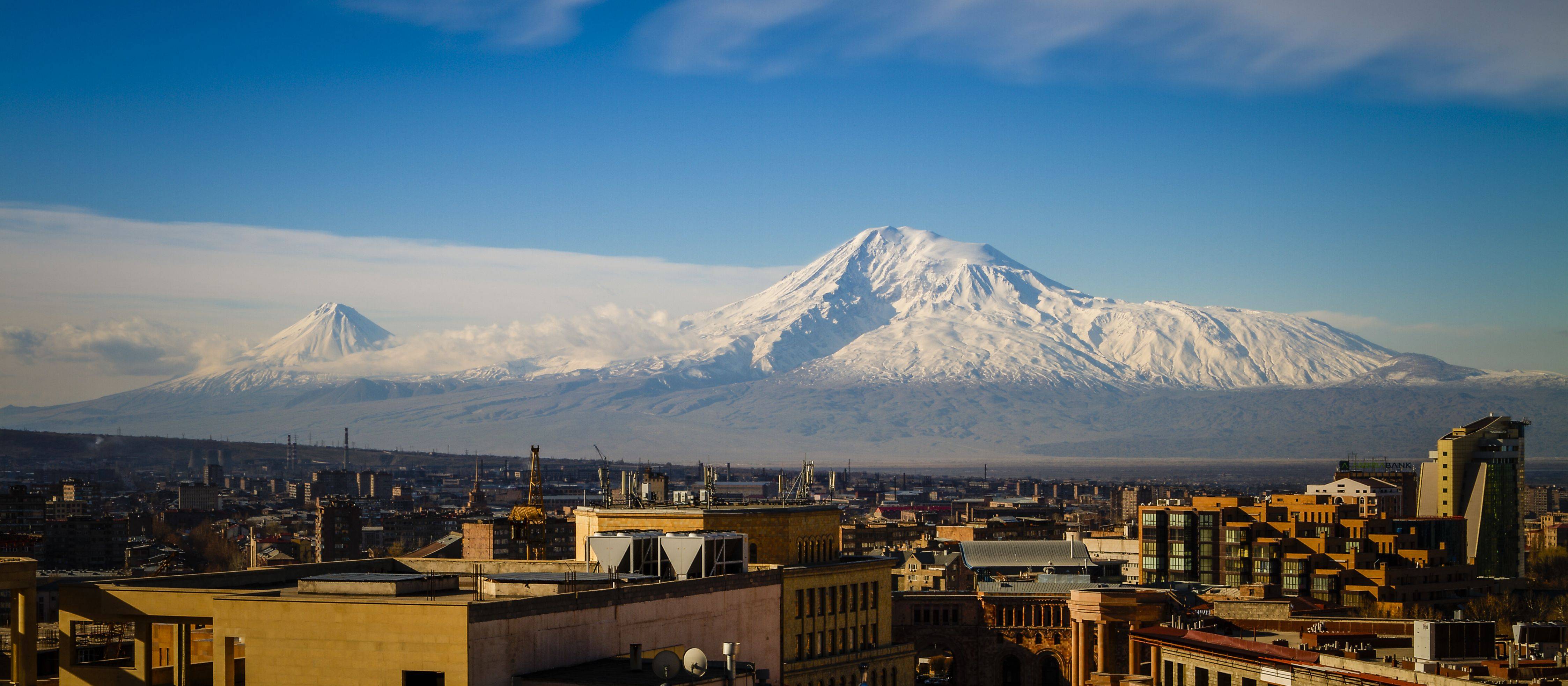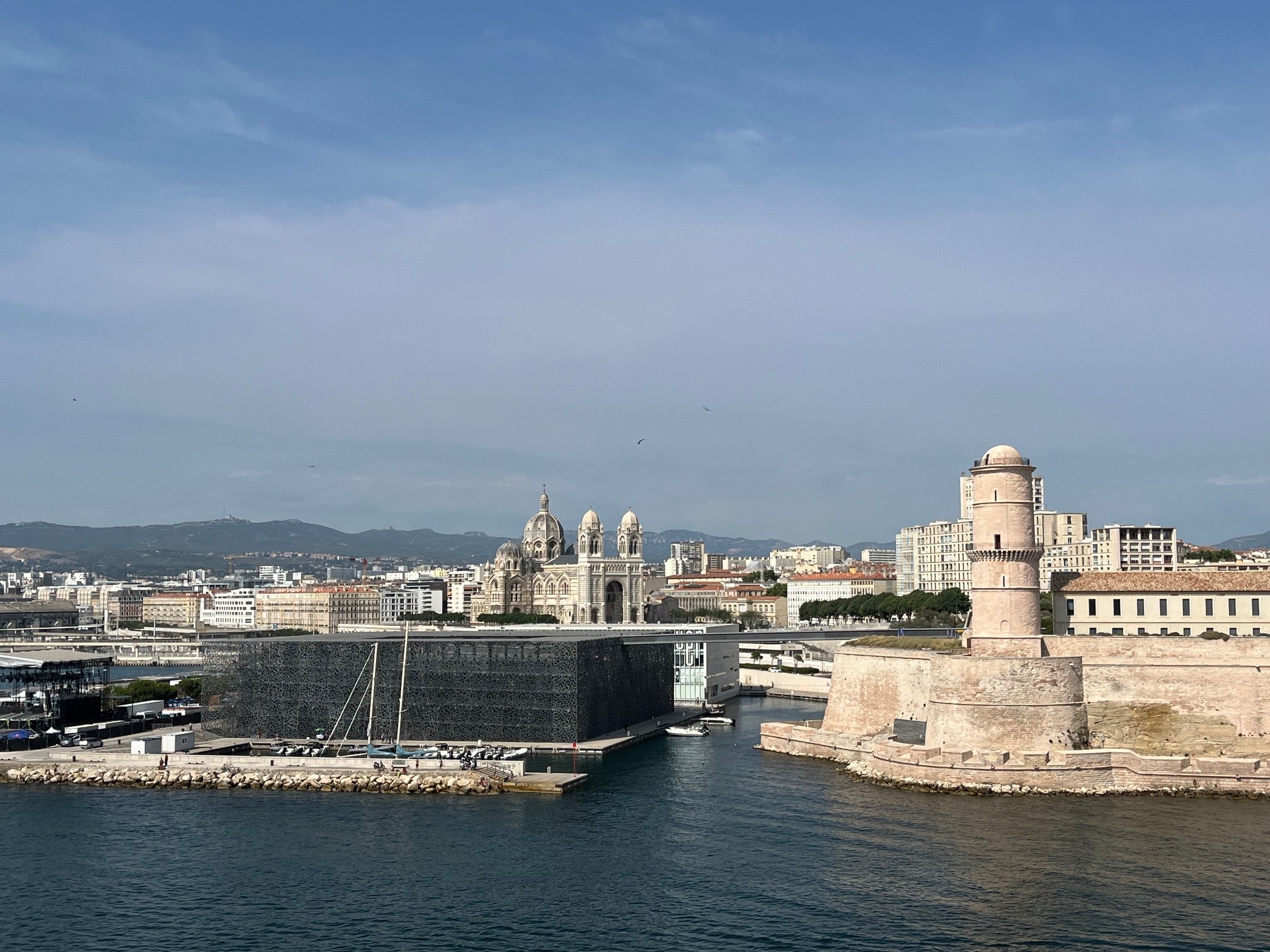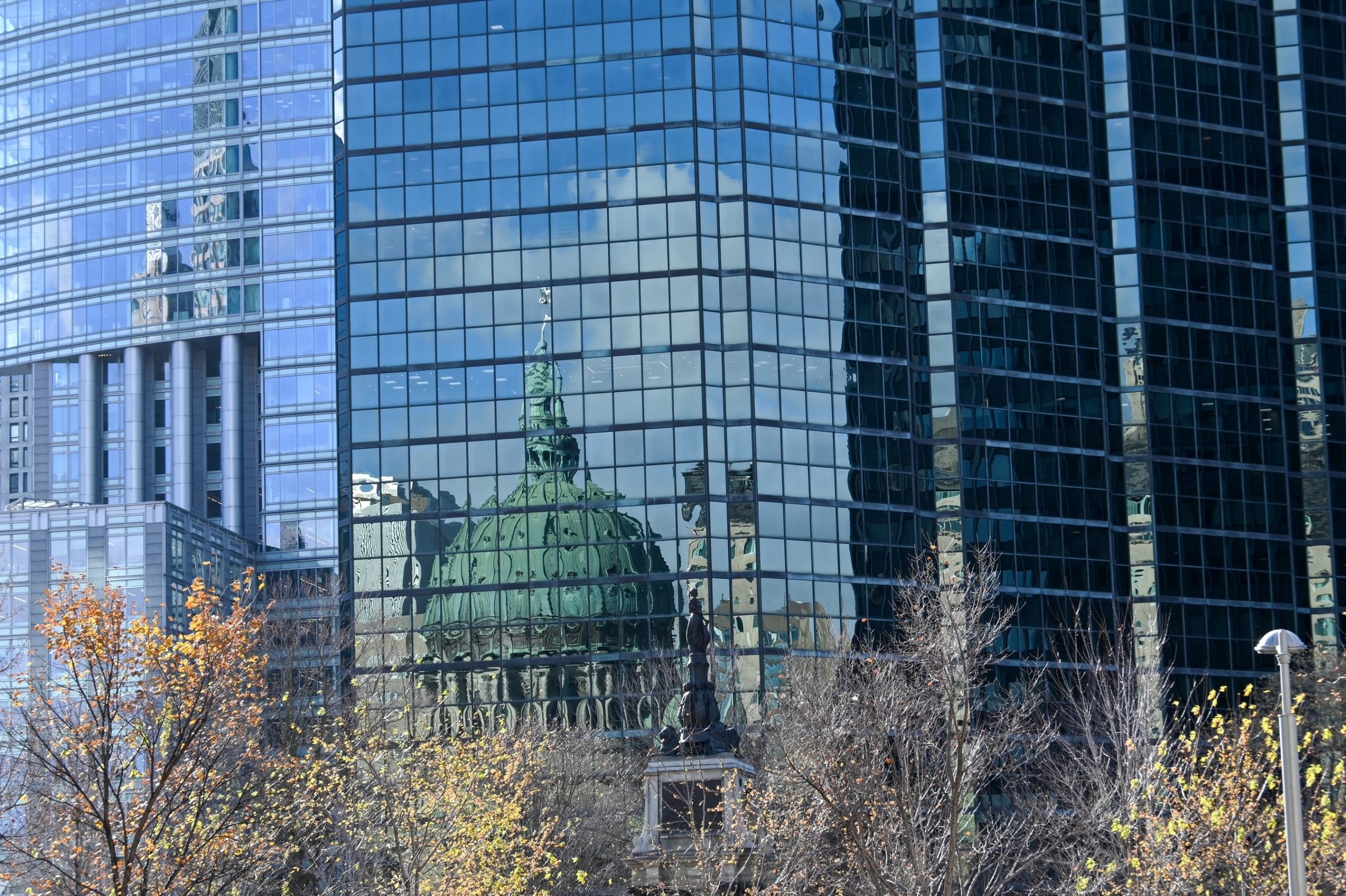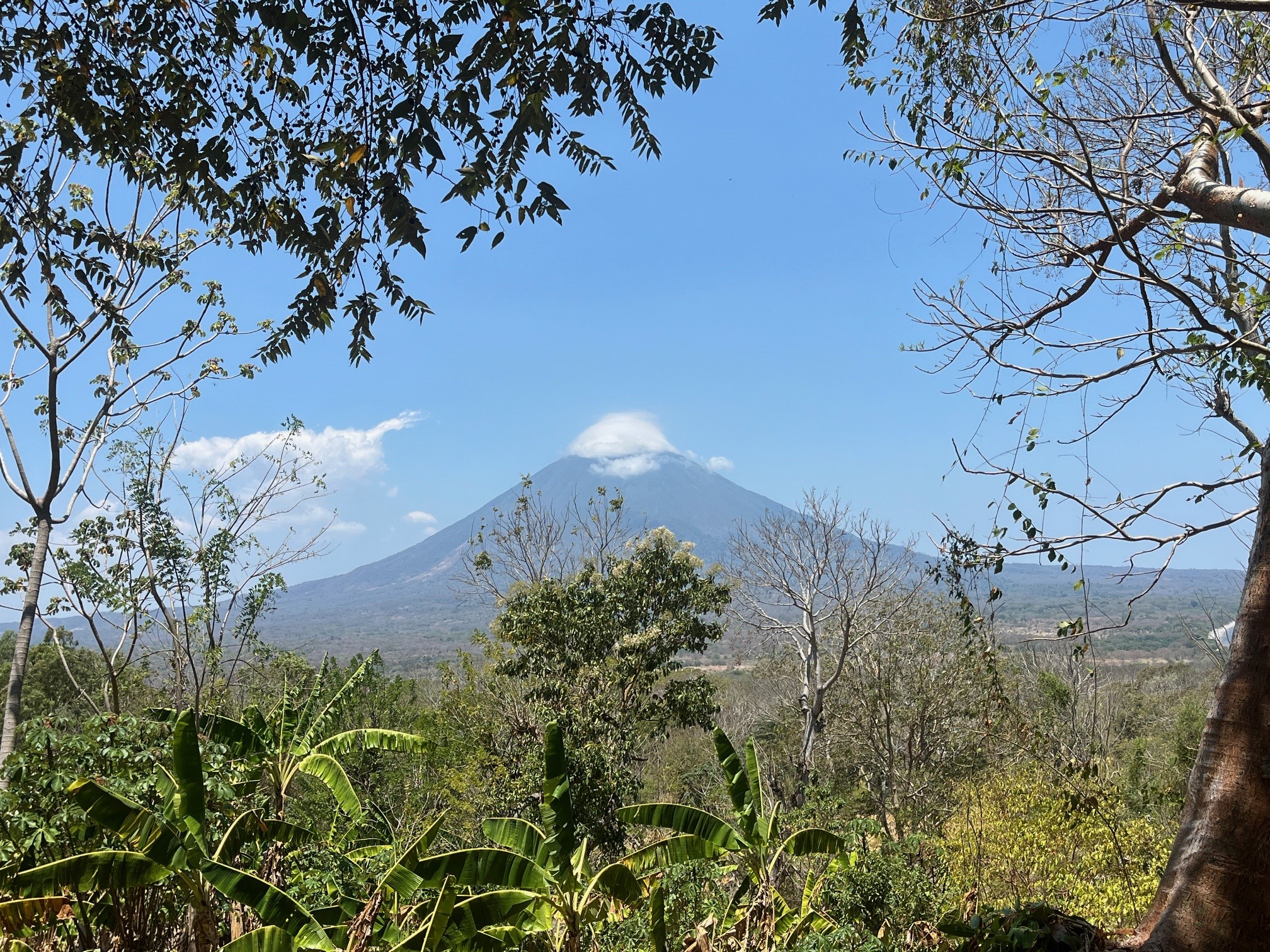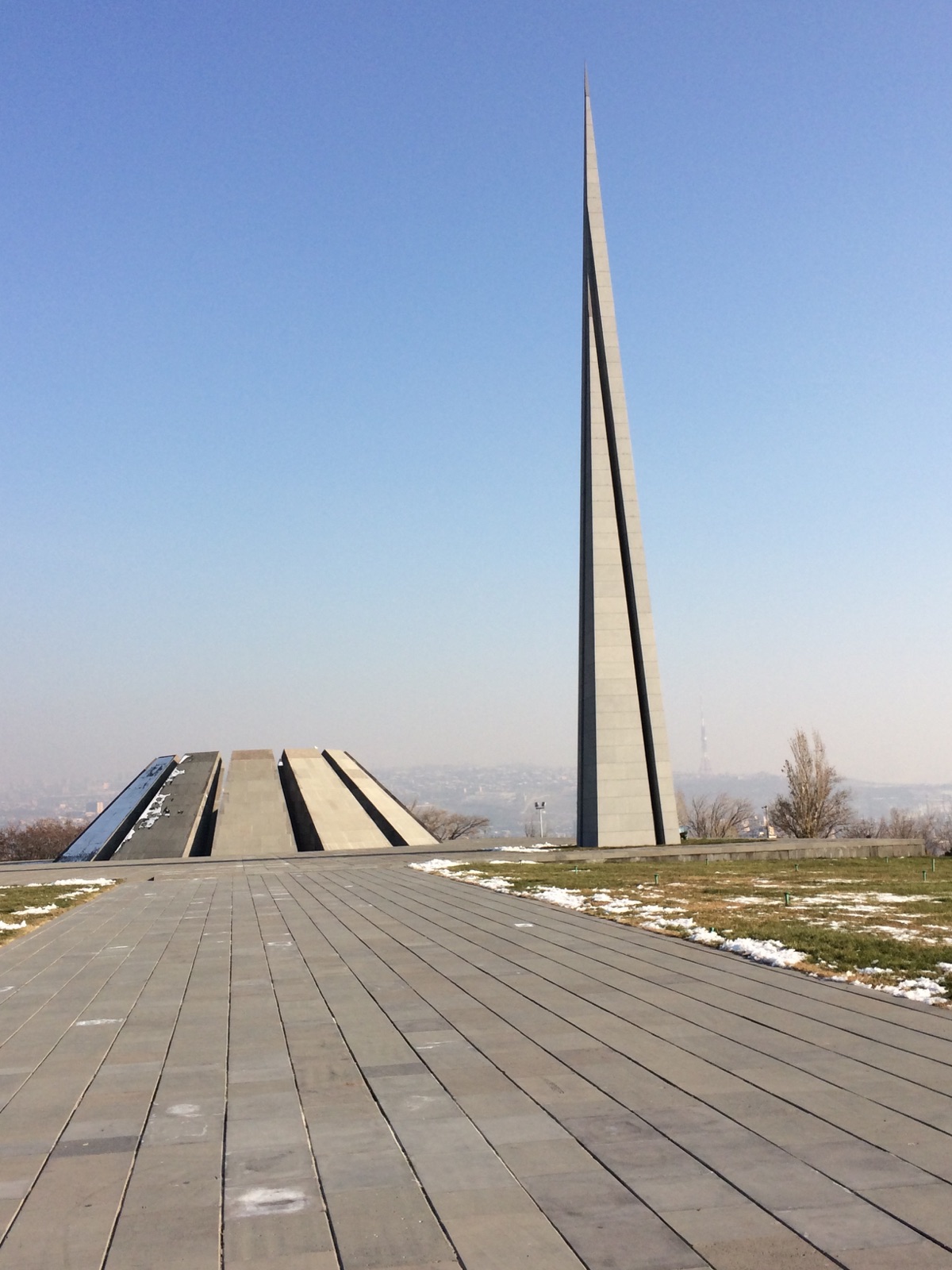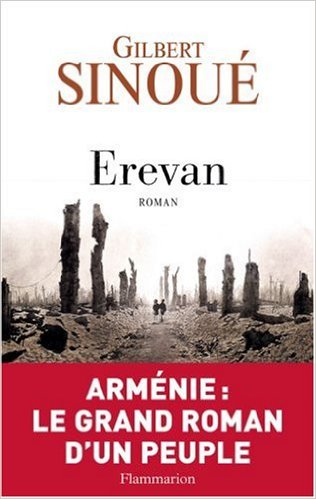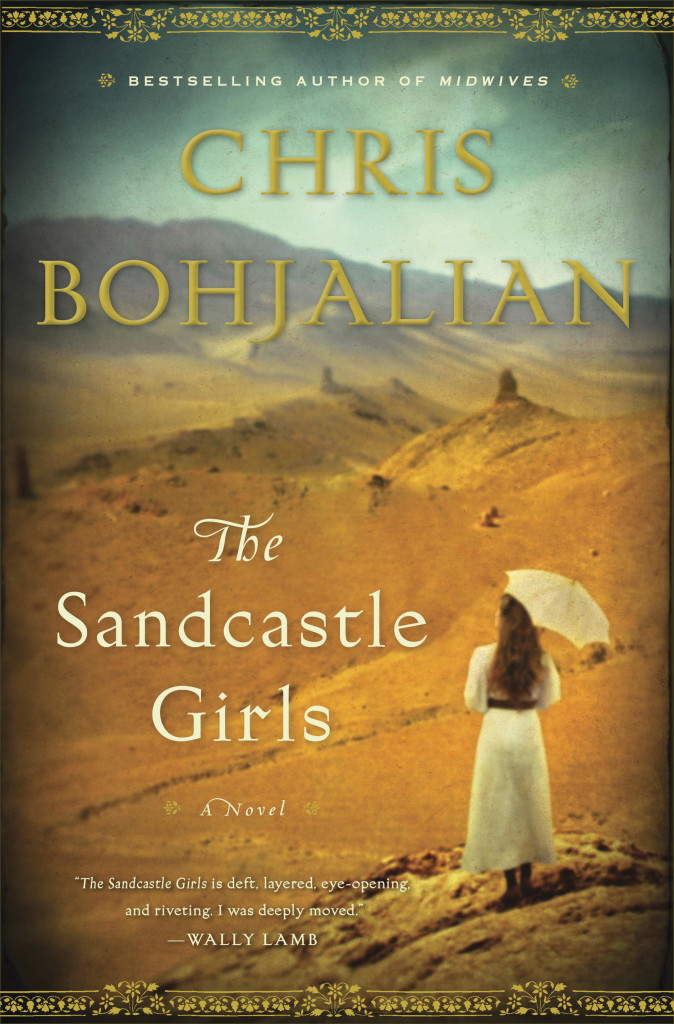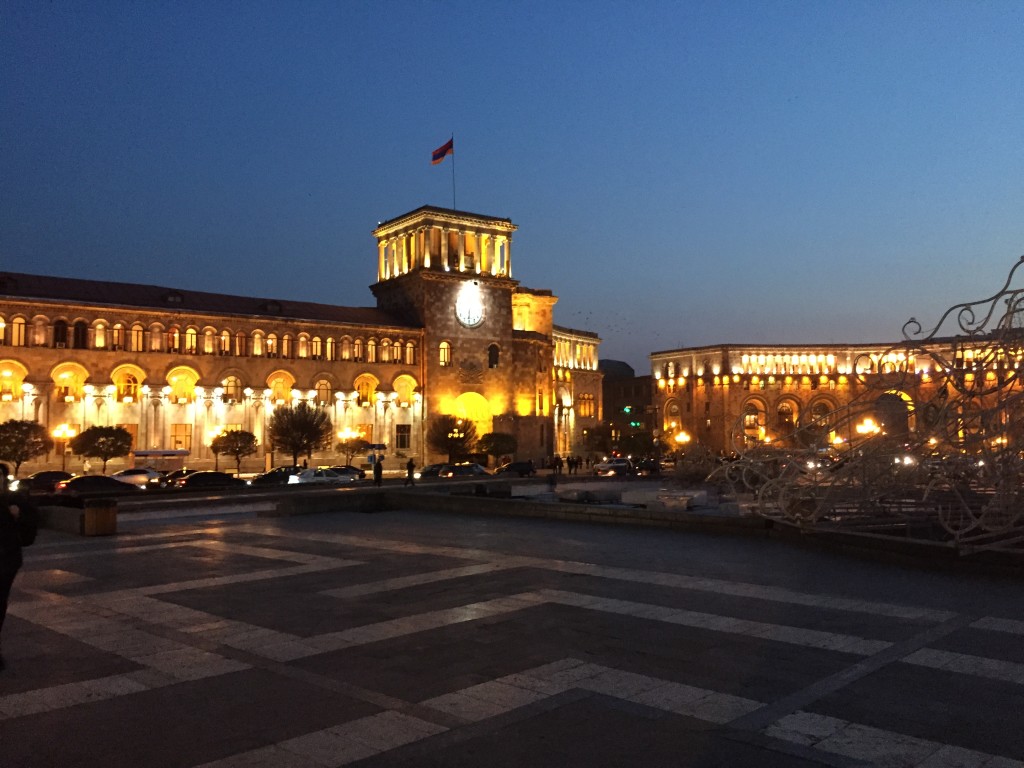I recently went twice to Armenia and I got interested by this fascinating country’s history. In addition, last year was the centenary of the genocide perpetrated against the Armenian people in 1915 at the end of the Ottoman Empire. I will present some of the books and movies I have read and watched about this topic.
“Erevan”, the novel by French author Gilbert Sinoué (unfortunately not translated in English), is an excellent introduction to the first genocide of the 20th century. He is using historic facts and characters and ends up with a very lively, if somber, novel which makes a nice read. He is covering the entire period: starting with the first massacres at the end of the 19th century, the Armenian political movement and then in 1915, the targeted killings of the elite, the work camps for the men and the forced marches towards the Syrian desert for women and children. The book ends with the “Nemesis” operation during which Armenians tracked and killed throughout the world some of the Genocide’s organizers.
During my first trip to Armenia, I read “The Sandcastle Girls” by Armenian-American novelist Chris Bohjalian. It’s a wonderful novel weaving the contemporary period on the East Coast with the Armenian tragedy in 1915, with a focus on Aleppo (currently in Syria). The city which was then part of the Ottoman Empire, served as endpoint for the death marches imposed on the Armenian people, before being parked in the desert to die. Elizabeth, a young Bostonian volunteering in an American mission meets and fall in love with Armen, an Armenian survivor who lost his wife and infant child. Two generations later, their grand-daughter, a middle-aged American novelist, reconnects almost by accident with her Armenian heritage, discovers the extent of the Armenian Genocide of which she knew almost nothing and eventually uncovers a long buried family secret.
“Ararat” the movie by director Atom Egoyan with Charles Aznavour and Christopher Plummer also includes many back and forth between 1915 (in particular the defense of the city of Van by the Armenians) and contemporary Canada. Moreover, the film explores the impact of memory and the difficulty to live as a survivor of such a tragedy through the historical character of Armenian painter Arshile Gorky. The movie is sometimes hard to follow because of the many interweaving subplots, but overall it is very interesting.
Writing that Turkey has a hard time recognizing the Armenian Genocide – estimated to have made 1,2 million victims about ¾ of the Armenians living under the Ottoman Empire- is an euphemism. Ohran Pamuk, the Turkish Nobel Laureate for Literature was threatened and indicted by the courts in his country for having admitted its existence. I was therefore interested by the movie “The Cut” by Fatih Akin a German director of Turkish origin. It is a very strong film, but more convincing in its first part describing the Genocide than in the final part in which a surviving father looks after his twin daughters across the world following the Armenian diaspora.
There is also a Turkish-Armenian co-production, “The Lost Birds” which has just been released. I couldn’t see it but it takes the point of view of children and seems interesting. If you have read other books or watched other movies about Armenia and the Armenian Genocide, thanks for sharing your recommendations.
